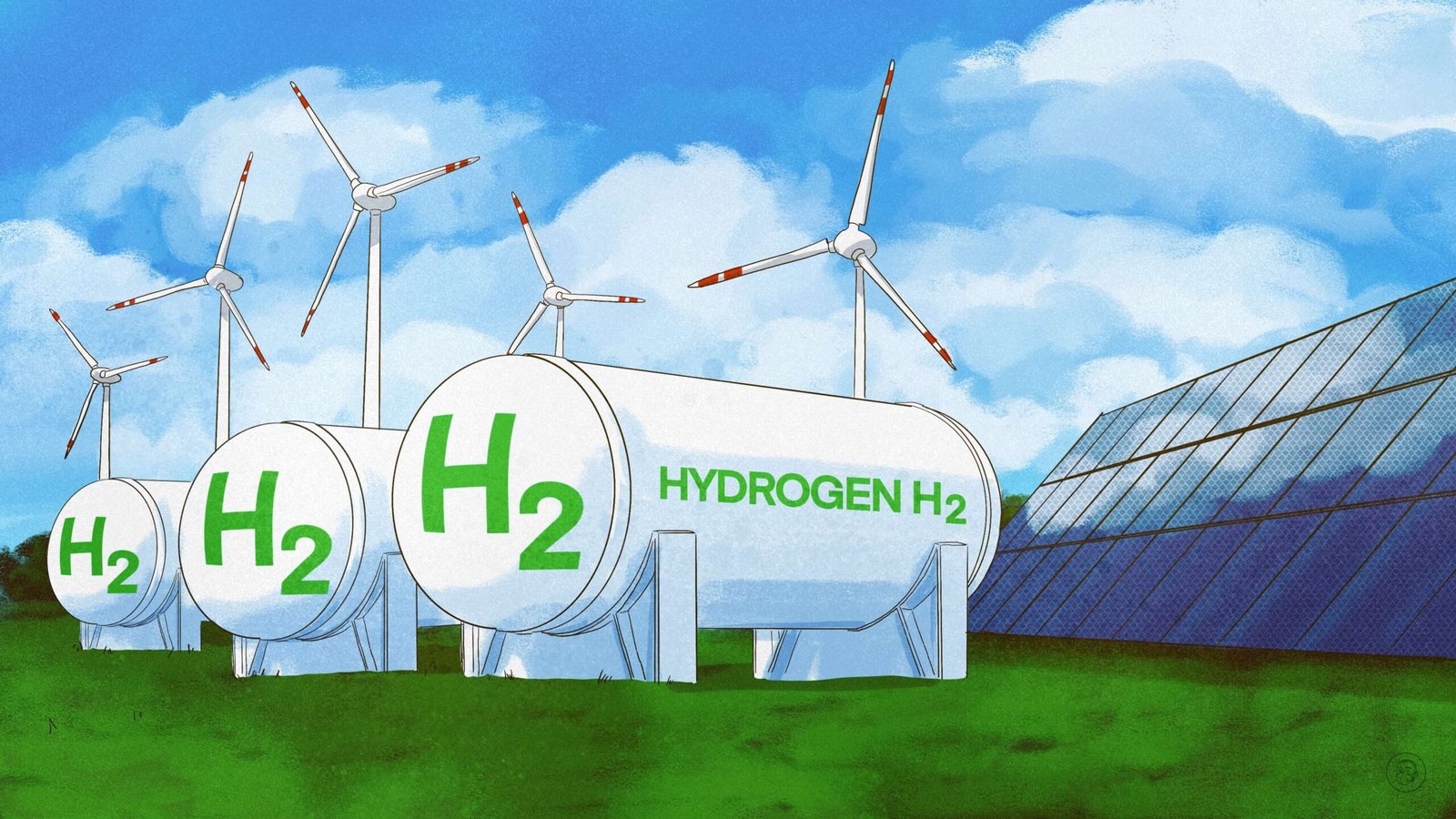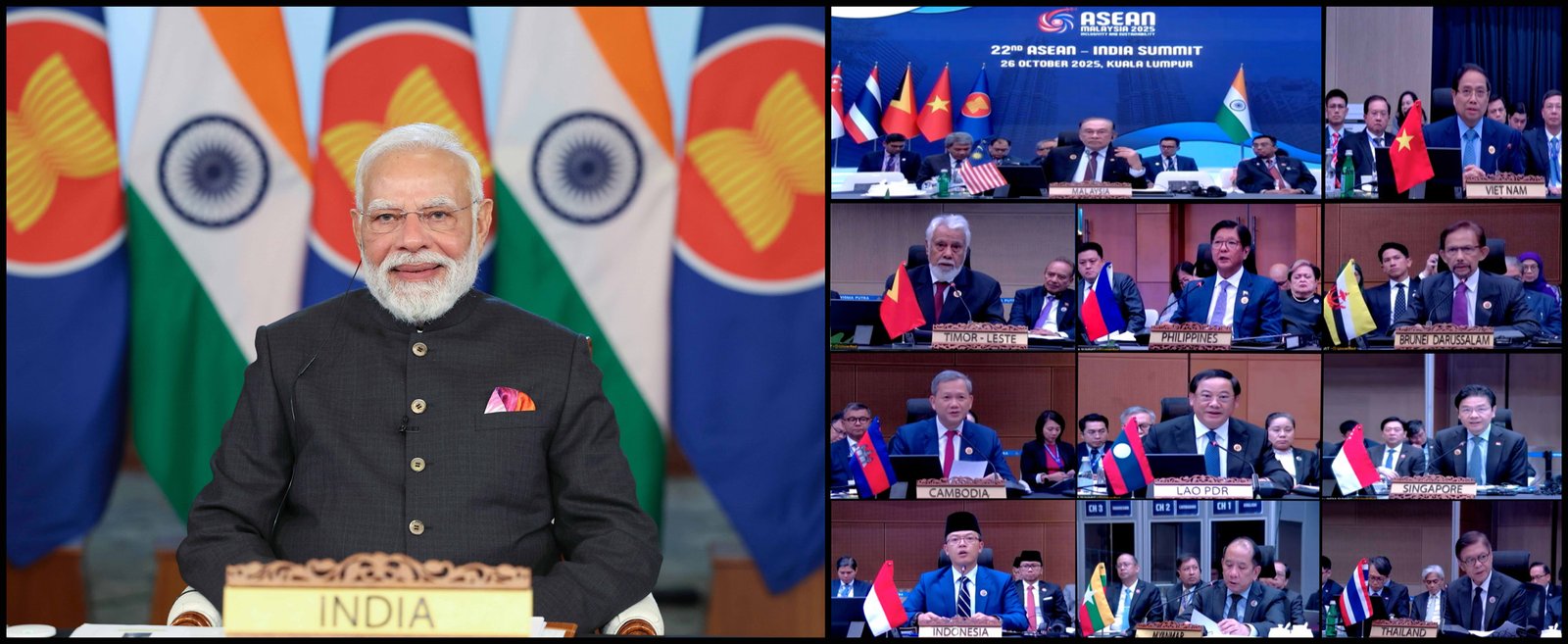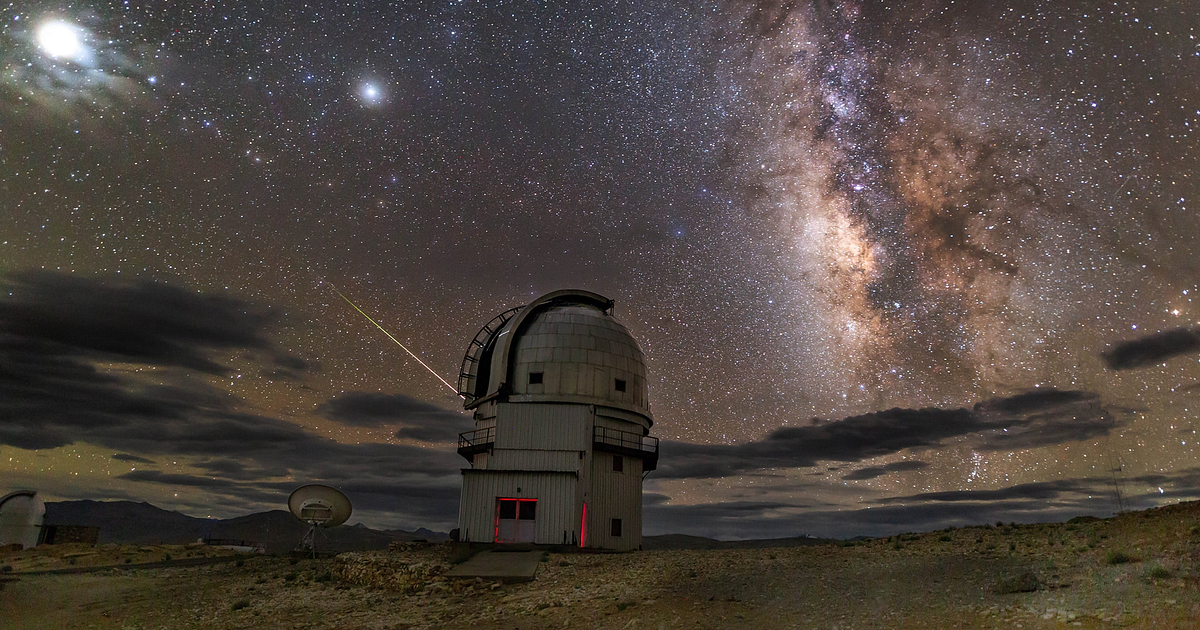Why in the News?
- Green hydrogen has recently gained prominence as a clean energy alternative beyond solar and wind.
- By 2024, China emerged as the world’s largest producer of hydrogen and captured a dominant share in the electrolyser market, which is central to green hydrogen production.
- Concerns are rising globally about China’s expanding control over the hydrogen supply chain and its impact on future energy security.
What is Green Hydrogen?
- Produced by splitting water with renewable energy (wind, solar).
- Zero-emission process, unlike grey hydrogen (fossil fuel based).
- Crucial for decarbonising hard-to-abate sectors like steel, aviation.
- Part of India’s National Green Hydrogen Mission.
- Supports India’s net-zero 2070 goal.
The Shift from Solar and Wind to Green Hydrogen
- Initially, renewable energy discussions focused on solar and wind power.
- The spotlight has now shifted to green hydrogen, which is crucial for oil refining, ammonia production, and decarbonisation of hard-to-abate sectors.
- At the heart of this transition are electrolysers, which split water into hydrogen and oxygen using renewable electricity.
China’s Rise in Hydrogen Production
- By 2024, China became the world’s leading hydrogen producer with 5 million tonnes annually.
- Out of this, it produced 1,20,000 tonnes of green hydrogen, nearly half of global output.
- China also established dominance by capturing 85% of global Alkaline (ALK) electrolyser manufacturing capacity.
What is an Electrolyser?
- A device that uses electricity to split water into hydrogen and oxygen.
- Acts as the backbone of green hydrogen production.
- Types: ALK, PEM, SOEC (Solid Oxide).
- Efficiency depends on technology and input load stability.
- Critical for scaling green hydrogen globally.
Electrolyser Technologies – ALK vs PEM
- Alkaline (ALK) electrolysers are a mature, low-cost technology, but they are less efficient under fluctuating renewable energy loads.
- Proton Exchange Membrane (PEM) electrolysers are more efficient at variable loads and produce higher-purity hydrogen, but they depend on precious metals like iridium and platinum, making them costlier.
- China’s current dominance rests on mass manufacturing of ALK electrolysers, though PEM may become more important in the future.
How China Built Its Dominance
- China replicated its solar PV strategy by offering low prices, state subsidies, and rapid scale-up of production facilities.
- For example, in 2024, the cost of a 5MW ALK electrolyser system in China dropped by 20% from 2023, making it far cheaper than overseas systems.
- Abundant domestic availability of nickel and steel further reduced production costs.
- This cost advantage makes Chinese electrolysers up to 45% cheaper for projects in Europe and beyond.
China’s Global Expansion and Pushback
- Chinese renewable firms like LONGi, Envision, and Guofu Hydrogen are not only manufacturing electrolysers but also building integrated hydrogen plants abroad, including in Germany.
- Envision Energy even launched the world’s largest renewable-powered green hydrogen and ammonia plant.
- However, unlike solar PV, hydrogen is a strategic sector for many countries.
- Hence, Chinese imports are likely to face greater scrutiny, restrictions, and local competitiveness measures, limiting the scope of unchecked dominance.
National Green Hydrogen Mission (India)
- Launched in 2023 to make India a global hub for green hydrogen.
- Targets 5 million metric tonnes by 2030.
- Promotes domestic electrolyser manufacturing and R&D.
- Linked with the PLI scheme for clean energy industries.
- Aims to enhance energy security and reduce import dependence.
Implications
- Energy Security Risks – Heavy reliance on China for electrolysers may repeat the solar PV dependency problem.
- Geopolitical Influence – China’s control over supply chains could give it strategic leverage in energy diplomacy.
- Technological Competition – China is strong in ALK electrolysers, but future competitiveness may shift to PEM and advanced technologies, giving room for Western players.
- Fragmented Global Supply Chains – Countries may prioritise domestic manufacturing and national hydrogen missions, leading to regional supply blocks.
- Opportunity for India – Through its National Green Hydrogen Mission, India can invest in local electrolyser manufacturing and reduce import dependence.
Challenges and Way Forward
| Challenges | Way Forward |
| China’s low-cost advantage in ALK electrolysers | Provide R&D support and subsidies for indigenous technologies |
| Dependence on critical minerals for PEM electrolysers | Secure supplies via international mineral partnerships |
| Risk of repeating solar PV dependence | Build domestic electrolyser capacity under the Green Hydrogen Mission |
| Geopolitical risks of Chinese dominance | Promote Indo-Pacific Hydrogen Alliances and regional cooperation |
| Limited cost-competitive alternatives | Use green finance and global collaboration to scale non-Chinese production |
Conclusion
China has emerged as the global leader in green hydrogen equipment, especially in ALK electrolysers, repeating its earlier dominance in solar PVs. However, unlike solar, the hydrogen sector is treated as strategic by many nations, which will push back against unchecked Chinese influence. For countries like India, the focus must be on domestic innovation, supply chain diversification, and global alliances to ensure energy security and long-term competitiveness.
| EnsureIAS Mains Question Q. China’s rapid expansion in the green hydrogen sector raises concerns similar to its earlier dominance in solar PVs. Analyse the risks and opportunities this presents for India’s energy transition. (250 Words) |
| EnsureIAS Prelims Question Q. Consider the following statements about Green Hydrogen and Electrolysers: 1. Alkaline electrolysers are cheaper but less efficient under fluctuating renewable energy loads. 2. Proton Exchange Membrane (PEM) electrolysers produce higher purity hydrogen but depend on critical minerals like iridium and platinum. 3. By 2024, China controlled less than 50% of global electrolyser manufacturing capacity. Which of the above statements is/are correct? Answer: a) 1 and 2 only Explanation: Statement 1 is correct: ALK electrolysers are low-cost but inefficient under fluctuating renewable inputs. Statement 2 is correct: PEM electrolysers are efficient and yield high-purity hydrogen but rely on scarce, expensive minerals. Statement 3 is incorrect: China controlled about 85% of global ALK electrolyser capacity in 2024, not less than 50%. |
Also Read | |
| UPSC Foundation Course | UPSC Daily Current Affairs |
| UPSC Monthly Magazine | CSAT Foundation Course |
| Free MCQs for UPSC Prelims | UPSC Test Series |
| ENSURE IAS NOTES | Our Booklist |





